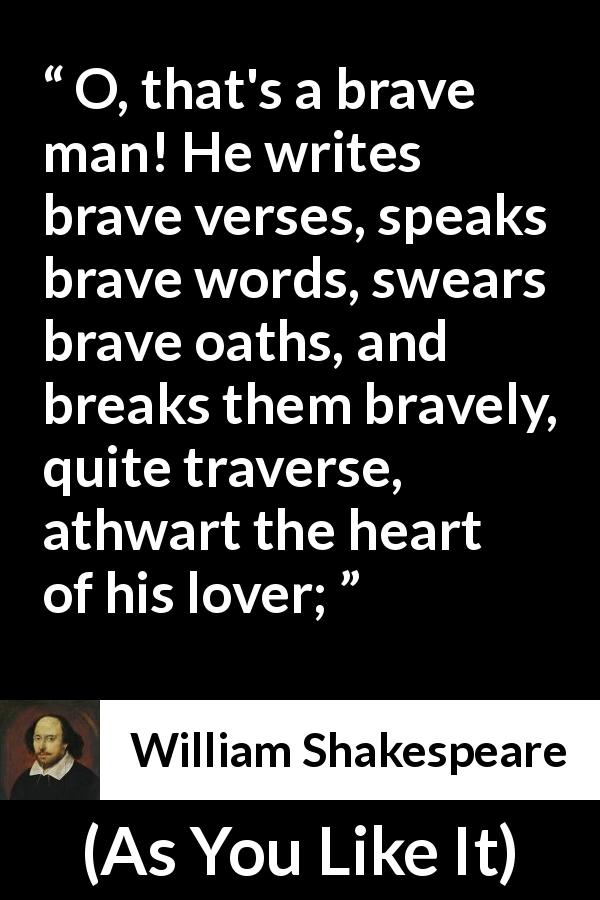

His group now included a large number of indigenous people the Europeans had enslaved. Then he headed west to continue his mostly fruitless search for gold and other goods. He found the Hispaniola settlement destroyed and left his brothers Bartolomeo and Diego Columbus behind to rebuild, along with part of his ships’ crew and hundreds of enslaved indigenous people.

READ MORE: The Ships of Christopher Columbus Were Sleek, Fast-and Cramped Christopher Columbus's Later VoyagesĪbout six months later, in September 1493, Columbus returned to the Americas. They have no iron …They would make fine servants … With fifty men we could subjugate them all and make them do whatever we want.” "They willingly traded everything they owned … They were well-built, with good bodies and handsome features …They do not bear arms, and do not know them, for I showed them a sword, they took it by the edge and cut themselves out of ignorance. “They … brought us parrots and balls of cotton and spears and many other things, which they exchanged for the glass beads and hawks’ bells," he wrote. More troublingly, it also recorded his initial impressions of the local people and his argument for why they should be enslaved. Christopher Columbus’s journal was written between August 3, 1492, and Novemand mentions everything from the wildlife he encountered, like dolphins and birds, to the weather to the moods of his crew. He kept a detailed diary during his first voyage. In January 1493, leaving several dozen men behind in a makeshift settlement on Hispaniola (present-day Haiti and the Dominican Republic), he left for Spain. For months, Columbus sailed from island to island in what we now know as the Caribbean, looking for the “pearls, precious stones, gold, silver, spices, and other objects and merchandise whatsoever” that he had promised to his Spanish patrons, but he did not find much.


 0 kommentar(er)
0 kommentar(er)
